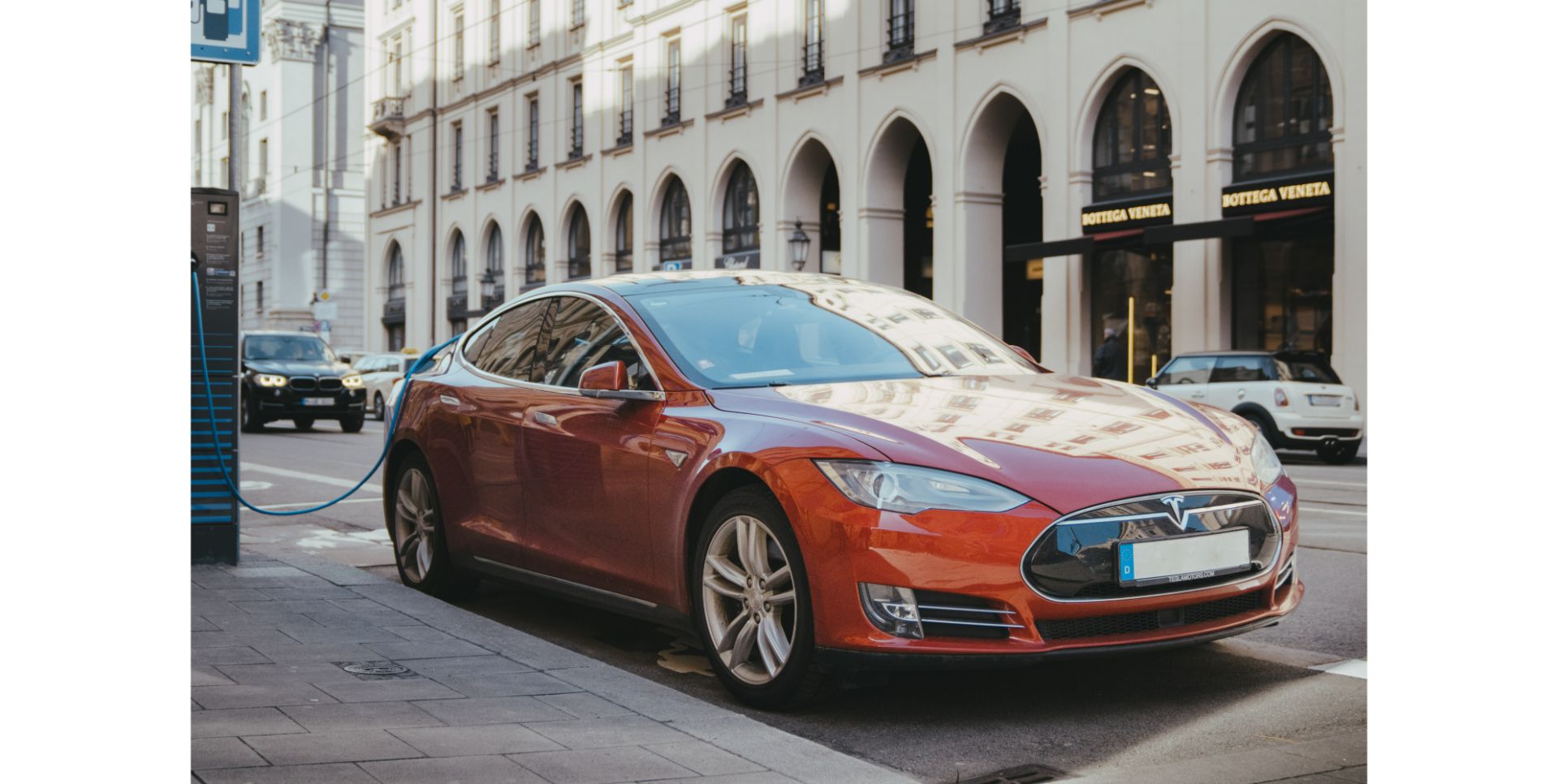
As an Amazon Associate, Modded gets commissions for purchases made through links in this post.
Electric cars have made significant progress in recent years, reaching an all-time high 4.6% market share in global automobile sales in 2022. If EVs are to become the primary cars of the future, the average citizen has a responsibility to learn the technology. Let’s take a look at how electric cars work and the advantages they bring to the table.
How Electric Cars Work
Let’s start with the short answer. All-electric cars work with an electric traction motor instead of an internal combustion engine. These motors contain a battery pack – most often a lithium-ion battery – that stores clean electricity. The motor relies on the electricity to move the EV, just like a standard ICE relies on gasoline.
Hybrid vehicles work a little differently. They have the same battery pack as an all-electric motor, but they also contain a regular engine. Once the battery consumes all of its stored energy, the driver can switch to the vehicle’s gasoline supply in the combustion chamber.
In both EV categories, the owner must recharge the battery and preserve its storage capacity with responsible driving habits. Just like other vehicles, reckless driving and exposure to the elements can deplete the car’s mileage. In this case, mileage refers to the car’s battery range instead of miles per gallon.
Lithium-Ion Batteries Explained
Almost all electric cars on the street today run on lithium-ion batteries. They work just like any other batteries, storing a certain amount of energy that keeps the vehicle running. They also have an impressive power-to-weight ratio, staying cool and stable while operating for hours.
They also lose minimal energy when not in use. These qualities make them perfect for EVs.
When you charge a lithium-ion battery, the charger forces electrons out of the cathode side and causes them to flow toward the anode side. Once the battery reaches an adequate charge, you’re ready to drive.
As you’re driving, the battery’s liquid electrolyte moves lithium ions between the anode and cathode. Electrons in the battery take different pathways to the vehicle’s various applications, including the traction motor, AC unit and control panel.
Since EVs have much greater energy demands than other electronic devices, they consist of many low-density minerals concentrated into sulfates that increase the storage capacity. The average EV lithium-ion battery contains the following amounts of each mineral:
- Lithium: 8 kg
- Cobalt: 14 kg
- Nickel: 35 kg
- Manganese: 20 kg
- Graphite: 70 kg
Although lithium has the lowest concentration, it still gets the spotlight because it’s the catalyst for the battery’s energy storage. Without lithium, its efficiency, range and long-term durability would be much worse. Lithium is the most important mineral for the EV industry.
Points to Consider When Buying an EV
The exterior design, interior seating, horsepower and other obvious factors are still relevant for EVs. The car-buying process is largely the same, except for one key detail: the battery. The most important EV qualities all revolve around the battery.
1. Battery Range
As of 2021, the average battery range for EVs is 234 miles. Manufacturers design batteries to last the car’s entire life and include generous extended warranties for extra assurance. You can expect your EV to exceed the 150,000-mile mark without much issue. However, you have to practice good driving and charging habits or else the battery range will quickly plummet.
2. Charging Options
An EV’s charging options play a significant role in its value. You must keep a few questions in mind. What routes do you drive every day? Where are the nearest charging stations? What types of charging ports are available at these stations? There are three standard types of charging ports:
- Level 1: 120 volts, charges about three to five miles per hour.
- Level 2: 208 to 240 volts, requires at least four hours to reach a full charge.
- Level 3: direct current (DC) voltage, charges at about 20 miles per minute.
Most public stations have level two and three ports. The level one port is the most common at-home charging option, which poses some problems for the EV industry. A 120-volt outlet takes an entire day to charge an EV. Moreover, the charging infrastructure in the United States isn’t strong enough yet to support widespread EV adoption.
3. Eco-Friendliness
Of course, EVs are supposed to be eco-friendly transportation methods. They emit no harmful fumes or carbon dioxide, which keeps our air quality clean and reduces the pollution of ecosystems. The longer you own an EV, the more you contribute to the global effort to reduce carbon emissions.
4. Long-Term Expenses
EVs have higher upfront costs than ICE vehicles, for now. The price gap will get smaller and eventually flip as batteries become cheaper and EVs become more mainstream. EV insurance can also be expensive if you have trouble taking care of the battery.
However, the most affordable EVs are still less expensive to maintain than ICE vehicles. You don’t have to worry about oil changes, tune-ups, filter replacements and other annoying maintenance tasks. Battery preservation is your only responsibility.
Put Your Knowledge to Good Use
Armed with this rudimentary knowledge about how electric cars work, you will be able to discern between high-quality and low-quality EVs in no time. You’ll also have an easier time keeping your EV in good condition. Hit the road and put your knowledge to good use!
Stay up to date with the latest by subscribing to Modded Minute.
Author
Jack Shaw is a senior writer at Modded. Jack is an avid enthusiast for keeping up with personal health and enjoying nature. He has over five years of experience writing in the men's lifestyle niche, and has written extensively on topics of fitness, exploring the outdoors and men's interests. His writings have been featured in SportsEd TV, Love Inc., and Offroad Xtreme among many more publications.





